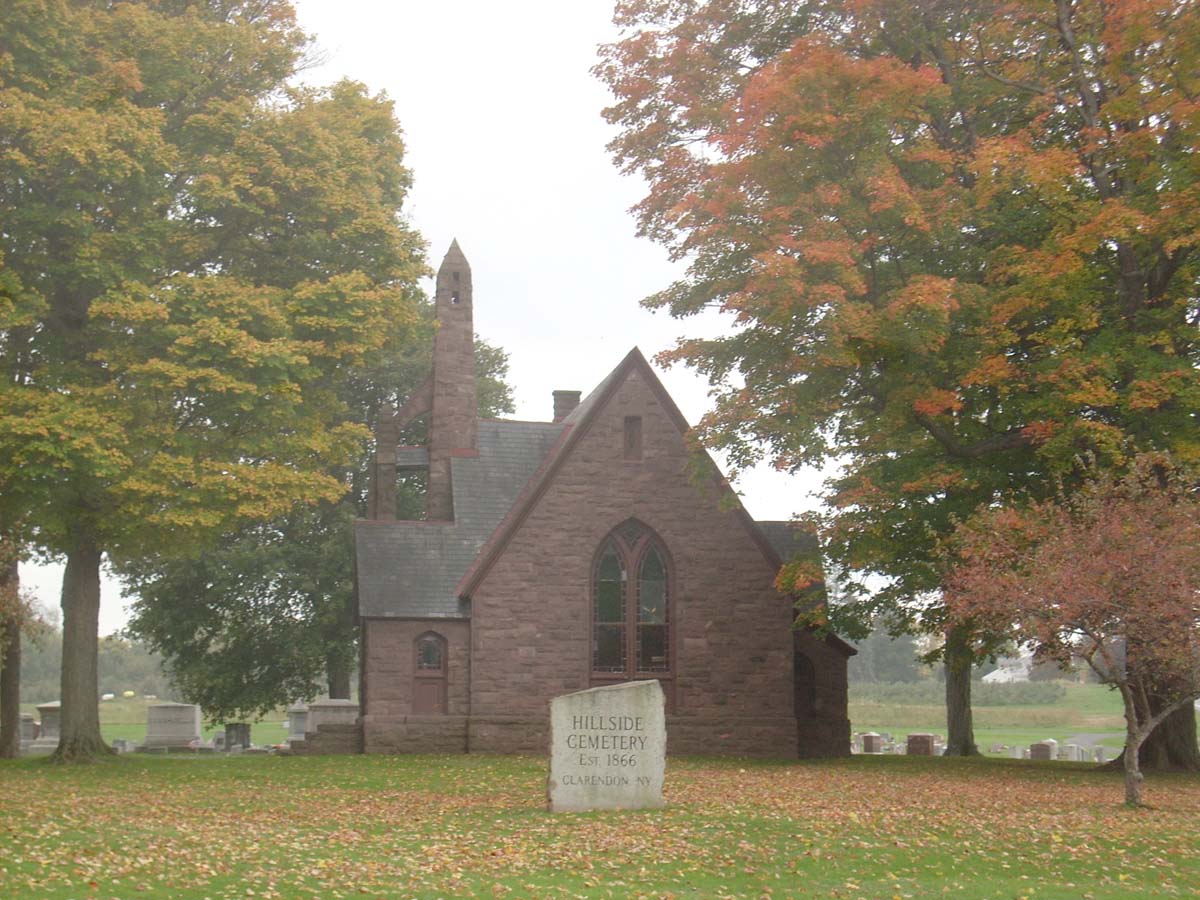Landowners speak out against proposed multi-use trail along Black Creek in Riga and Chili
by Kristina Gabalski
Landowners along Black Creek in the Towns of Riga and Chili and the Village of Churchville have made it clear they are not in favor of a multi-use trail running through their properties along the creek.
“You should have started with the landowners. This undermines our trust in the process. We feel fairly violated – it’s not a real good way to start a process,” one landowner told Andrew Raus of Bergmann Associates, which hosted a project information meeting May 23 at the Churchville-Chili Middle School to discuss a Black Creek Trail Feasibility Study.
Bergmann Associates is working on the study for the two towns and the village, to determine the feasibility and potential trail alignments of a 15-mile multi-use trail within the Black Creek corridor. The trail would link the village of Churchville to the Genesee Valley Greenway.
Raus explained that at this point, Bergmann is working to inventory existing conditions, assess trail needs, and “then identify if a trail is feasible and where it is feasible (including on and off road alternatives).”
The meeting was well attended by many residents who identified themselves as landowners along the creek. They raised many questions and concerns about a trail that would cross their properties.
One asked about liability issues regarding people on the trail getting hurt or members of his own family being hurt by people or pets on the trail.
Private landowners are not liable, Raus said. “In the case of a trail user wandering off the trail and getting hurt (the property owner) is protected,” he said. He said the issue would need more research, however.
Another landowner received applause from the audience when he stated: “We didn’t buy property here to have strangers walk around in our backyard. Something’s getting railroaded here.”
Riga Town Council Member Deborah Campanella is a member of the Steering Committee that is looking into the feasibility of the trail. She said her property runs along the creek. “Pros and cons have been brought up (during committee meetings),” she said, including the issues touched upon May 23 by landowners. “This is by no means a done deal,” she said. “It hasn’t been all roses and sunshine.”
One landowner suggested that the three municipalities work to keep the creek clear of logjams, beaver dams, garbage “and use it as a waterway” for kayakers and canoeists as an alternative to a trail.
Others were concerned about the current use of wetlands along the creek that are used by the property owners for hunting, as well as the potential use of ATVs on the trail.
“Don’t discount the dangers,” one landowner said. “The mix of hikers and hunters in wetlands is real dangerous.”
Another landowner said her family has worked to keep their property along the creek “forever wild.” “I think the environmental impact (of a trail) would be devastating,” she said.
Even the prevalence of mosquitoes during the warm months was raised as a problem for aligning the trail next to the creek.
Another property owner, Jim Moran, invited other landowners to join with him to fight the trail being placed on their properties. “This is a rare opportunity for us to communicate with each other,” he said. “We have similar concerns.” He invited property owners to share contact information to enable them to mobilize as a group.
Andrew Raus told those in attendance that their input would be discussed with members of the Steering Committee. “We are hearing clearly what public sentiment is,” he said. “We need to evaluate where we should focus our efforts.”
The trail does not have to be situated directly adjacent to the creek, he explained.
The study is looking at an area 1,000 ft. on either side of the creek for possible alignment. A trail could be placed on-road with the widening of shoulders and additional signage, he explained. A trail could also be used to make simple connections between public parks located along the creek.
Raus noted during the meeting that the majority of land along the creek is privately owned.
The feasibility study process will include meetings with landowners and stakeholders before a recommendation is made in the late summer. A final report is expected to be presented in the fall of 2012, Raus said.
He explained that it would be up to the three municipalities – the Village of Churchville and the Towns of Riga and Chili – to decide how the feasibility study would be implemented, “if at all.”






